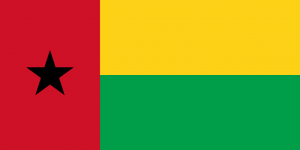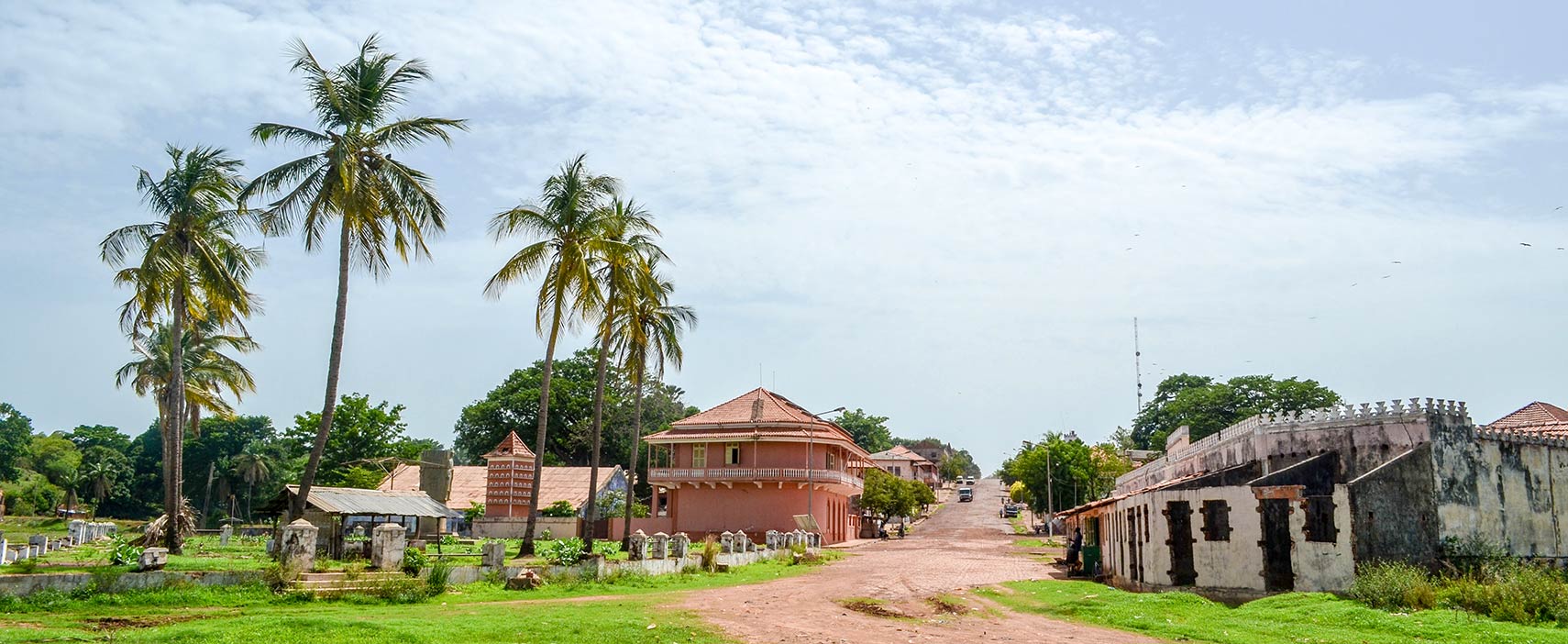Language/Upper-guinea-crioulo/Culture/Guinea-Bissau-Timeline
< Language | Upper-guinea-crioulo | Culture
Jump to navigation
Jump to search
Rate this lesson:
Historical Timeline for Guinea-Bissau - A chronology of key events
History of Guinea-Bissau[edit | edit source]
- The territory where present-day Guinea-Bissau is located (Guinea-Bissao, Guinea) has been occupied since the Neolithic period. Until the end of the first millennium, various groups arrived, integrated and gradually created small feudal nations, with varied political organizations, which constantly exchanged and mingled (by conflict, especially by marriage, by trade, by adventure, etc.). The coastal peoples invented at least 3000 years ago wet rice cultivation along rivers, then rice cultivation on mangroves. Nations in the interior weave a trading network north, south and east. The Baïnouks kingdom, the southern part of which encompasses a large part of this territory, is the most extensive and the oldest centralized country.
- From the eleventh century to the sixteenth century, several migrations of Mandé-speaking groups arrived from the West, the main one being the beginning of an invasion in the thirteenth century of the Baïnouk territories. Some are accompanied by Fulani herders.
- Two centuries after the Mandé invasion, Portuguese (in 1447) and Italian (around 1455-1456) traders arrived by ocean and the first contacts were made. In the following decades, diplomatic negotiations will lead to authorizing Portugal to lease some land along the river to manage small maritime trading posts, in particular Cacheu, Bissau, Geba.
- These two phenomena will develop long-distance, trans-Saharan and transatlantic trade, disrupting previous commercial circuits. Then the transatlantic slave trade is added to its trans-Saharan counterpart, and takes on a very large scale, which will alter in cascade the diplomatic relations between the nations and will determine for some (in particular the Kaabu) their political organization.
- The end of the 19th century was marked by two major conflicts: the Fulbe kingdom of Fouta Djalon won a military victory over the declining Kaabunké, with the support of the kingdom of Portugal. This then invades, with difficulty, the territory. It is the birth of Portuguese Guinea. Then he gradually controlled the country, after a last battle in 1936, until 1973.
- Since independence proclaimed in 1975, and until 1994, it is governed by a single party, then under pressure from the IMF and other international partners, President João Bernardo Vieira installs the multiparty system, but ends up assassinated in 2009. With the presidency of José Mário Vaz, the political alternation is effective.


